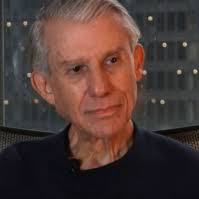This piece was reprinted by OpEd News with permission or license. It may not be reproduced in any form without permission or license from the source.
The US Census Bureau Report
On September 16, the Census Bureau reported that US poverty rose to 43.6 million in 2009, an increase of 3.8 million in the past year - the largest total since the first 1959 estimates. It shows one in seven Americans are impoverished, the official 14.3% rate the highest since 1994, by the Bureau's conservative measures. Black and Hispanic Americans fared much worse at 25.8% and 25.3% respectively.
Child poverty also rose, those under 18 to 20.7% - at least one in five children, but according to the Economic Policy Institute (EPI), it's one in four at yearend 2009. For Blacks it's well over one in three and for Hispanics nearly the same.
The Bureau computes several alternative income and poverty measures in two categories:
-- one based on the 1995 National Academy of Sciences Panel on Poverty and Family Assistance, called NAS-based measures; and
-- the other from the Effect of Benefits and Taxes on Income and Poverty series (R&D).
Critics, however, maintain that government figures way understate the gravity of today's crisis, and even the Bureau admits that official thresholds were developed over 40 years ago. They haven't taken into account true rising inflation levels; other expenses like child care, transportation, high tuition and medical expenses, as well as stagnant or falling incomes in recent years. In addition, cost of living levels vary greatly around the country - among regions, between large and small cities, and between urban and rural areas.
For a family of four, the official poverty threshold is an annual $22,050 income, a figure far below reality. For example, a family of four in Peoria, IL needs $42,900 to be above poverty. In Chicago, it's $49,000 and in New York $72,000.
(Note: You can view every article as one long page if you sign up as an Advocate Member, or higher).





